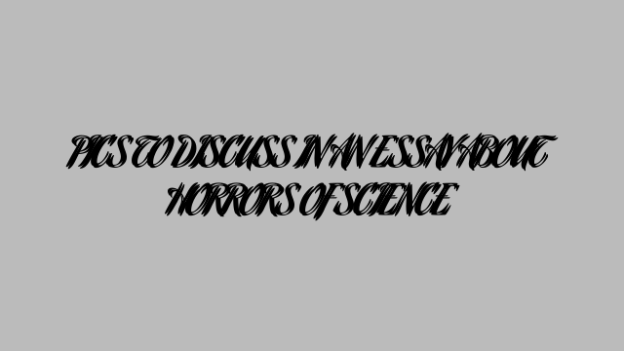In this essay, we will delve into the importance of creating attention-grabbing content and how to ensure that it contains credible information and stays on topic.
In today’s fast-paced world, where information is constantly being bombarded at us from various sources, it is crucial for content to be attention-grabbing in order to stand out from the rest. Whether it is a blog post, a social media post, or an article, the first 1000 characters are what determine whether the reader will continue reading or move on to something else. Therefore, it is important to make these initial characters count.
One effective way to grab the reader’s attention is by using a hook or a strong opening statement. This could be a shocking statistic, a thought-provoking question, or a bold statement. The key is to make the reader curious and interested enough to continue reading. For example, “Did you know that 80% of people believe in aliens? Let’s explore the reasons behind this phenomenon.” This statement immediately piques the reader’s interest and makes them want to know more.
Another important aspect of creating attention-grabbing content is to have a clear and compelling main idea. This is the central theme of your content and should be clearly stated in the first few sentences. It is what keeps the reader engaged and interested in what you have to say. Without a strong main idea, your content may seem scattered and uninteresting. Therefore, it is important to brainstorm and carefully craft your main idea before writing.
Now, let’s move on to the credibility of information in your content. With the abundance of information available on the internet, it is crucial to ensure that the information you include in your content is reliable and accurate. This not only adds value to your content but also establishes your credibility as a writer. One way to ensure this is by citing credible sources such as research studies, expert opinions, and reputable websites. This not only adds credibility but also adds depth to your content.
Staying on topic is essential in creating long and detailed content. It is easy to get sidetracked and lose focus, especially when writing a long essay. It is important to remember your main idea and stick to it throughout the essay. This can be achieved by creating an outline and referring to it while writing. This will help you stay organized and on track.
In addition to staying on topic, it is important to keep your writing concise and to the point. While it may be tempting to add unnecessary information to meet the word count, it can make your content appear cluttered and lose the reader’s interest. Therefore, it is important to only include relevant and important information and avoid fluff.
Writing long and detailed content may seem like a daunting task, but with the right techniques, it can be made easier and more effective. By using attention-grabbing hooks, having a clear main idea, using credible sources, and staying on topic, you can create high-quality and engaging content. The first 1000 characters are crucial in capturing the reader’s attention, so make them count!




